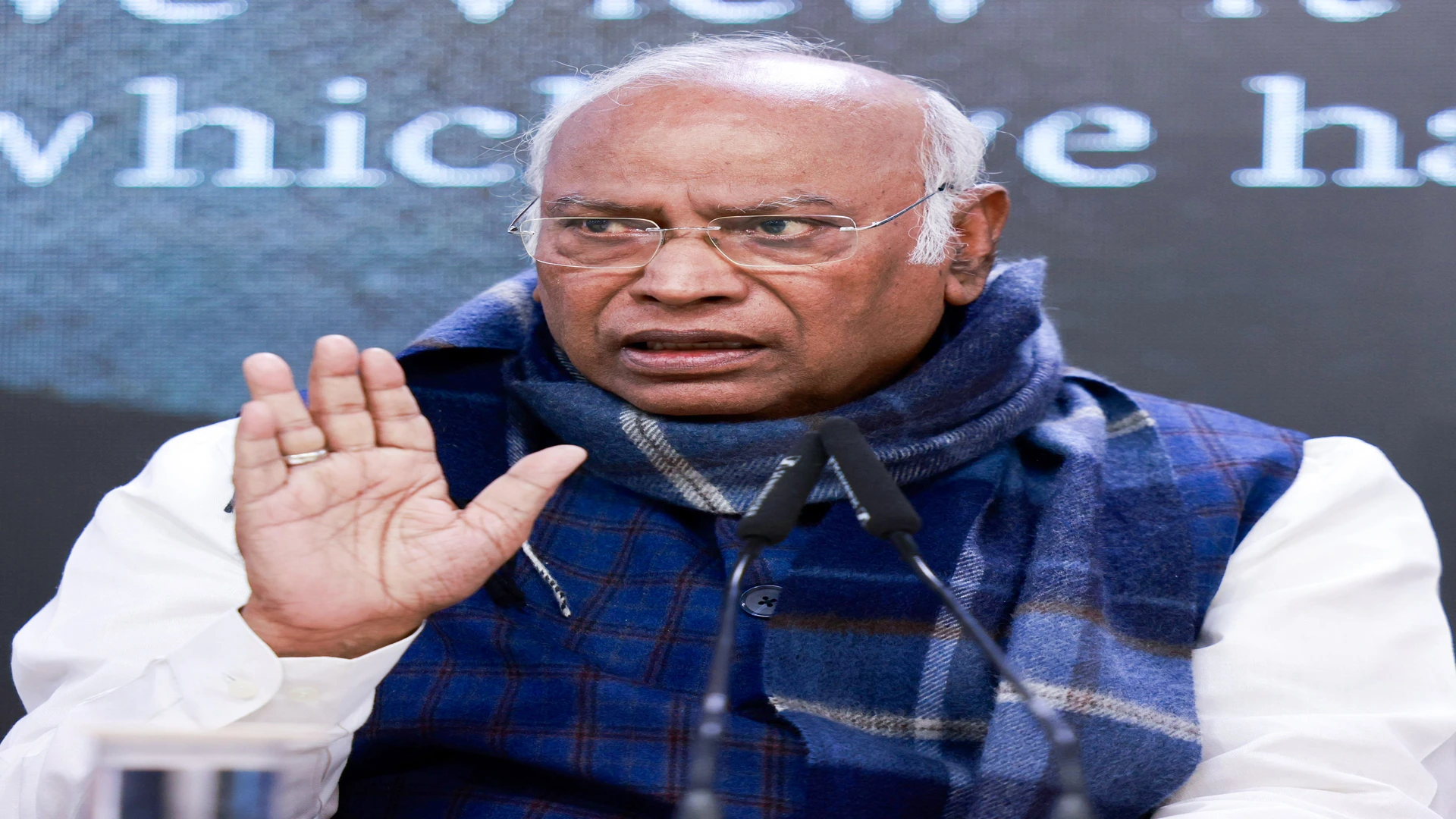Make in India –the flagship national pro gramm e to transform India into a global manufacturing hub– aims to attract investment, both domestic and foreign, in order to make India a global giant in the manufacturing sector. is the proverbial Achilles’ heel in this overall sound and well-thought campaign. Investment is fuelled by the perception that the business community has of an economy, which in turn, is a bundle of several factors.
One such factor is the enforcement of contractual obligations. The ability to enforce contracts and resolve disputes is fundamental to the health of every economy and is the first indicator of stability. Robust and consistent legal enforcement framework ensures predictability in commerce and reduces uncertainty by assuring investors that their contractual rights will be upheld promptly by municipal courts.
Cumbe rso m e enf or cem ent procedures marked by bureaucratic approach and a legal enforcement mechanism that is costly and protracted are abhorrent to investment both international and domestic and slow down trade, economic growth and development. Prime Minister Narendra Modi’s push has helped India improve its overall position in the ease of doing business significantly. In six years of the Narendra Modi government, India’s ranking improved 79 places from 142nd in 2014 to 63rd in 2019, a record in itself.
India saw the biggest jump in ranking in “resolving insolvency” category, to 52nd rank from 108th, on the back of implementation of the Insolvency and Bankruptcy Code. However, the ranking in the enforcement of contracts was at 163 out of 190 nations. As per the World Bank, India took an average of 1,445 days for the enforcement of contracts compared to just 216 days in New Zealand, and 496 days in China. Only a few countries like Afghanistan, Mozambique, and Zimbabwe performed worse than India.
The “poor enforcement” was the basis of the infamous White Industries– India Award (BIT Award) that held India liable for damages for judicial delays of over nine years in enforcing an ICC Award between White Industries Australia Ltd. and Coal India, an Indian Government company. The delay in enforcement by the Indian courts was held to deprive the Australian investor of “effective means of asserting claims and enforcing rights”.
Law Minister Ravi Shankar Prasad has, on more than one occasion, highlighted the fact that protracted litigations discourage foreign investors from investing in the country. The Minister even urged the Supreme Court to provide the necessary leadership for timely disposal of commercial disputes. Given the potential economic and social impact of a well-functioning legal system, this may well be the best investment India can make. In order to do this our focus should be on the following elements: : The issue is not whether a contract can be enforced but rather the cost of the various enforcement mechanisms and their efficacy in improving confidence between contracting parties.
To be effective, the costs of enforcement must not outweigh the gains achieved from increased contractual commitment. The reliance and confidence that the investors have in the legal institutions matters immensely. Investors assess the judicial expertise (e.g. technical know-how of judges to hear complex business disputes), the impartiality and independence of the courts and the integrity of the judiciary (e.g. perceptions of corruption); the court system and case management practices (e.g. time limits and sanctions on delaying tactics, use of information technology for filing and tracking cases).
The Government has taken a number of actions to expedite and improve the contract enforcement regime. For example, the Govern ment scrapped over 1000 r edu ndant legislations; rationalised tribunals; amended The Arbitration and Conciliation Act, 2015; passed The Commercial Courts, Commercial Division and Commercial Appellate Division of High Courts Act, 2015. The amendments of 2015 have systematically addressed the pitfalls of the Arbitration and Conciliation Act of 1996 ensuring speedy and credible arbitration.
The most crucial aspects being the amendment to Section 36 of the Act that did away with the automatic stay regime and the introduction of Section 29-A which mandates that an arbitral tribunal is to render an arbitral award within a period of twelve months from the date on which the arbitral tribunal is constituted. The 2015 amendments clearly demonstrate the determination of India to not only but to also make India the next hub for International Commercial Arbitration. In addition to revamping its arbitration regime, various new arbitral centres have been established in India including the MCIA, Delhi Integrated Arbitration Centre and the BRICS Arbitration Centre for emerging economies.
Institutional Arbitration has also been given statutory recognition by the Amendment Act of 2015, an important step towards making arbitration cost effective and speedy. The judicial approach towards arbitration awards has seen progressive evolution. The public policy ground has now been curtailed by judicial pronouncements, this approach being in tandem with the felt necessity that judicial interference in arbitration matters should be minimal. Another welcome course correction by the judiciary is to interfere with enforcement of foreign arbitration awards in extremely exceptional cases.
The grounds as mentioned under Section 48 of the Arbitration and Conciliation Act 1996 have been given an extremely narrow interpretation so that the legislative intention of speedy enforcement is not defeated. Lengthy interim orders, exparte stays hurt the commercial matters the hardest.
The Ministries of Power, Roads and Railways have been the hardest hit. Since project costs are predominantly debt-financed, it is a given that project costs have increased given due to the duration of stay. Pendency, delays and injunctions are overburdening courts and severely impacting the progress of cases, especially economic cases, through the different tiers of the appellate and judicial arenas. The Government and the Courts need to both work together for large scale reforms and incremental improvements to combat a problem that is exacting a large toll from the economy. It is necessary to examine how much judicial pendency is attributable to stay orders.
Unfortunately, data on the impact of stay orders on judicial delay is scant. A 2016 study by the Law Ministry in Madhya Pradesh, Rajasthan, Gujarat and Odisha found that stays on proceedings ordered by High Courts and the Supreme Court delay trial by up to 6.5 years. The study concluded that given that the average life of a case is 10-15 years, in effect, stay orders are extending the life of a case by 50%. The Economic Survey 2018 pointed out that projects worth Rs 52,000 crore across six infrastructure ministries have been stalled by stay orders.
The data though sparse indicates a routinisation of the practice of granting stay orders. The courts need to discourage the use of stay orders as a tactic to delay proceedings. The following reforms may be considered: (i) Expanding judicial capacity in lower courts and reducing the existing burden on the High Courts and Supreme Court; (ii) For a smooth contract enforcement regime, it may be imperative to build capacity in the lower judiciary to particularly deal with economic and commercial cases, and allow the High Courts to focus on streamlining and clarifying questions of law. (iii) Courts may revisit the size and scale of their discretionary jurisdictions and avoid resorting to them unless necessary, to reclaim the envisaged constitutional and writ stature of the higher judiciary.
Borrowing from the Economic Survey 2017-18, “Cooperative Separation of Powers” is the way forward for the judiciary, executive and the legislature to come together to ensure speedier justice to help overall economic activity while, of course, respecting the Constitutional scheme of separation of powers.
Senior AdvocatePinky Anand is the Additional Solicitor General (ASG) of India







